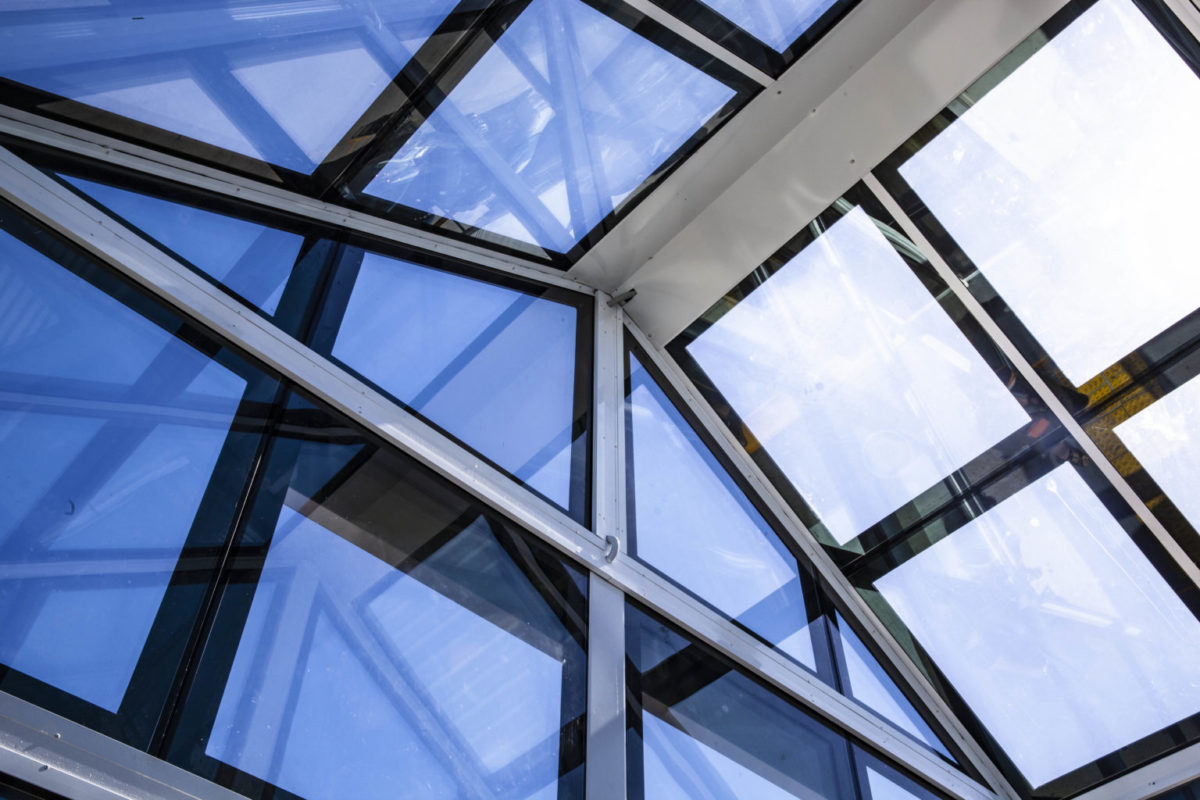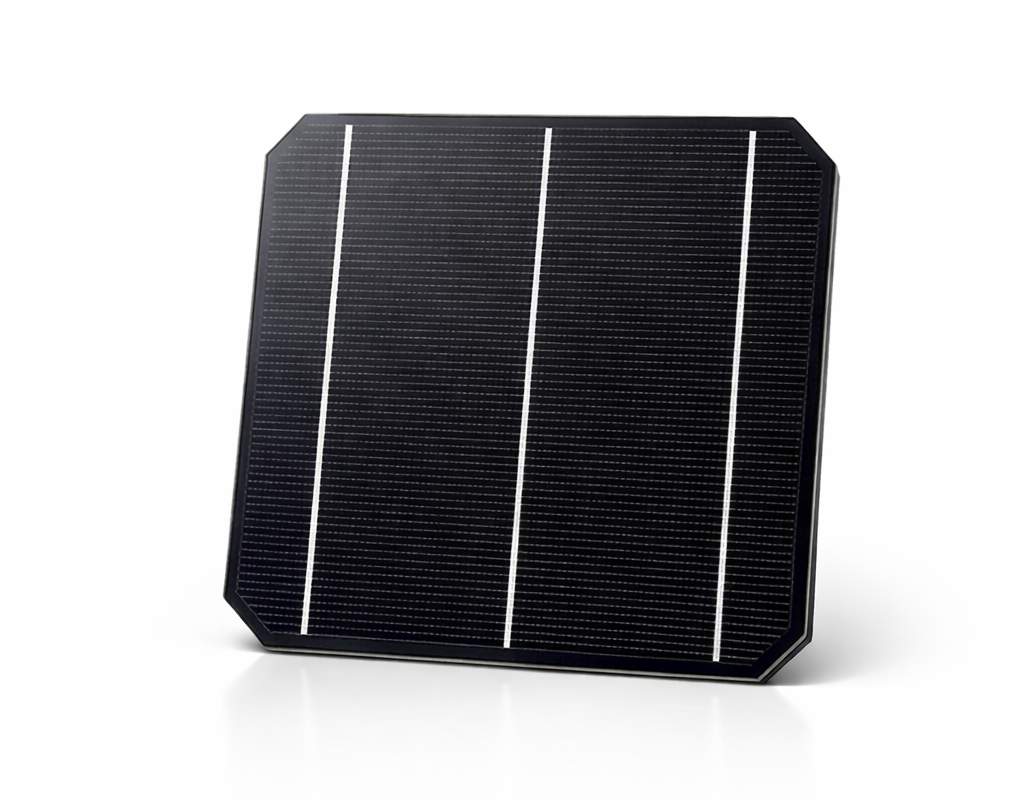ASX-listed company ClearVue said this week that work has commenced on site at Perth’s Murdoch University, where a greenhouse featuring the company’s solar glazing technology will be constructed.
ClearVue is pursuing technology designed to preserve glass transparency while generating electricity with solar PV cells incorporated around the edges of an insulated glass unit (IGU). The units incorporate a nanoparticle interlayer and spectral-selective coating on the rear external surface which allow much of the light to pass through but redirects infrared and UV light to the edge of the IGU where it is harvested by solar cells.
ClearVue CEO Ken Jagger said the greenhouse, partially funded by a AUD 1.6 million (US$1.2 million) Cooperative Research Centres Projects (CRC-P) grant, is a “major milestone for the company.” It will provide an opportunity to further test the technology and collect data on energy efficiency and energy generation.
“It’s pretty exciting times,” Jagger told pv magazine. “Having these real-life deployments is not only important from an investor and sales perspective but it’s the precursor to getting hopeful mass adoption of the tech.”
Jagger said the trial results will help facilitate the commercial application of the technology across protected-cropping agriculture markets – a key target for the company, alongside high-rise commercial buildings.
“People want to see and touch the technology,” Jagger said. “We’re really entering the commercialisation phase of the company so it’s about getting the technology out there, looking for those showcase deployments in key regions. We expect the constructed greenhouse to lead to greater market awareness of our technology and product globally.”
He added that the greenhouse will provide a path to further monetize ClearVue’s technology and products.

The project – the first commercial-scale demonstration of ClearVue’s technology in a greenhouse or protected-cropping agriculture setting – will comprise four glazed sections featuring three different iterations of the company’s technology, including one section fitted with the currently available product.
ClearVue will monitor the efficiency performance of the units by measuring the expected reduced energy load, as well as the power generation performance, as an offset to the energy demands of the greenhouse. The company has confirmed it is now able to produce solar PV glass up to 2.76 sqm.
“We’ve successfully proven the ability to do 40 watts per square meter, but that iteration is not ready for sale and will not be used here,” Jagger said. “What we’re testing above and beyond our existing tech is further increased use of our nanoparticle technology to increase power generation and potential yield increases.”
Main construction of the Murdoch University campus greenhouse is due to be completed in December, with commissioning set for early 2021. The first results from the trials are expected in mid-2021.
Path to commercialisation
The commencement of work on the greenhouse is just the latest in a string of announcements for Clearvue. Last month, it secured its first South American order, with AMB Brazil placing an order for 500 sqm of ClearVue’s solar glass. AMB Brazil will use the IGUs in large-scale commercial projects, including a new office tower and at the company’s own offices in Sao Paulo.
ClearVue has also entered the China market. In September, it said that a demonstration villa had been constructed in Beijing, in conjunction with Jinmao Green Building, which is testing the PV IGU technology with a view toward distribution.
In Australia, ClearVue launched a commercial trial of its solar glass technology at Perth’s Warwick Grove Shopping Centre. The existing glass on the shopping centre’s atrium entry was replaced in early 2019 with 18 ClearVue PV triple-glazed low-e power-generating IGU modules. The test system has generated almost 690 KWh since May last year.
This content is protected by copyright and may not be reused. If you want to cooperate with us and would like to reuse some of our content, please contact: editors@pv-magazine.com.




I would like to be part of this good innovation, also like to know if it has been introduced to South Africa,